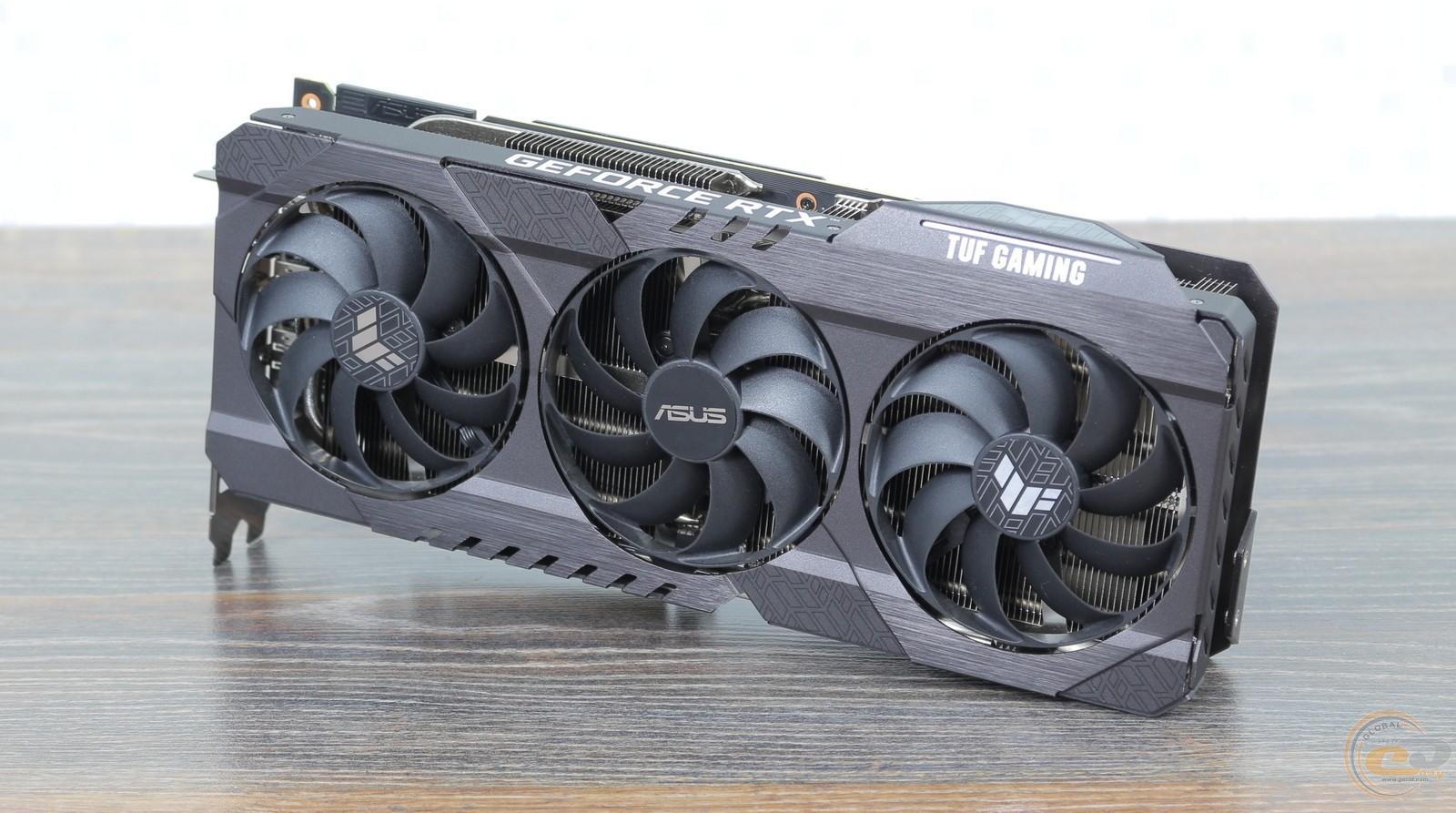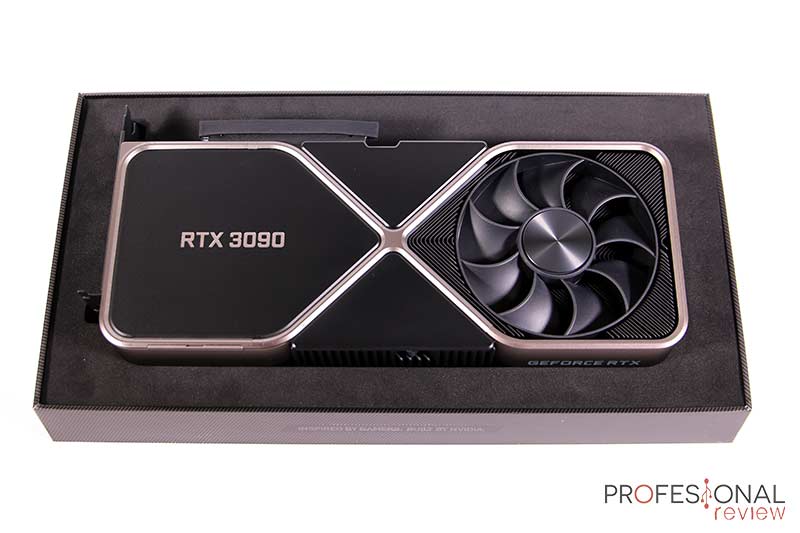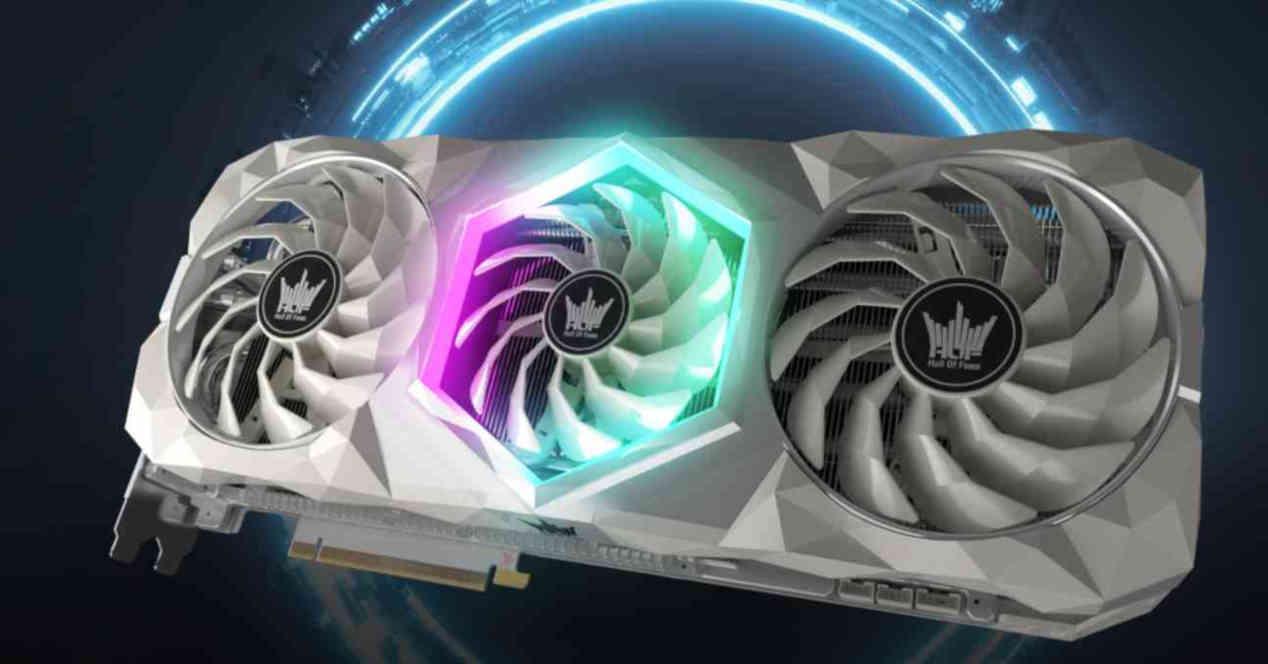
Newegg had completely sold out as expected on Black Friday.


The lack of pre-order functionality and high demand exacerbated by the COVID-19 pandemic, and boost in scalping, resulted in a large number of online retailers struggling with the sheer number of purchases. Launch day for the RTX 3080 was September 17, 2020. See also: 2020–present global chip shortage The GeForce 30 series was succeeded by the GeForce 40 series, powered by the Ada Lovelace microarchitecture. The initial launch, consisting of the RTX 3070, RTX 3080, and RTX 3090, occurred during the ongoing 2020–present global chip shortage, resulting in widespread and notable shortages of the series as a whole that lasted from the series' launch until 2022. The GeForce 30 series began shipping on September 17, 2020. This is the last generation from NVIDIA to have official support for Windows 7 and 8.x as the latest drivers available for this generation require Windows 10.

The lineup, designed to compete with AMD's Radeon RX 6000 series of cards, consist of the entry-level and previously laptop-exclusive RTX 3050 and laptop-exclusive RTX 3050 Ti, mid-range RTX 3060, upper-midrange RTX 3060 Ti, high-end RTX 3070, RTX 3070 Ti, RTX 3080 10 GB, RTX 3080 12 GB and enthusiast RTX 3080 Ti, RTX 3090, and RTX 3090 Ti. Through Nvidia RTX, hardware-enabled ray tracing is possible on GeForce 30 series cards. The GeForce 30 series is based on the Ampere architecture, which feature Nvidia's second-generation ray tracing (RT) cores and third generation Tensor Cores. The GeForce 30 series is a suite of graphics processing units (GPUs) designed and marketed by Nvidia, succeeding the GeForce 20 series.


 0 kommentar(er)
0 kommentar(er)
